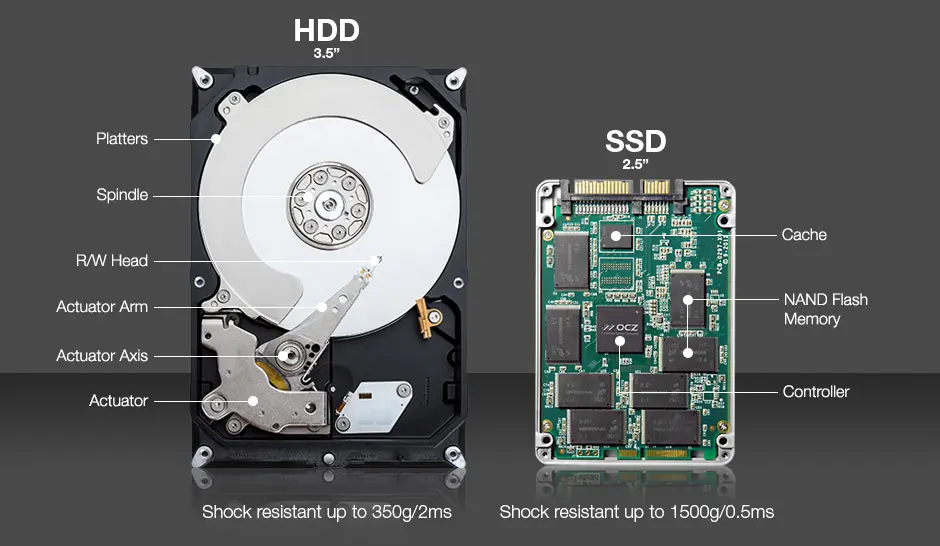Disk Clean-up
You can look for this native Windows tool from the search bar at the bottom of the Start Menu or from the charms bar in Windows 8.1 or Windows 10. A new window will show the drive partitions in your system; you want to start by selecting the Local Disk C: drive where your OS is installed. You will see options for cleaning up temporary files, cached items, deleted items, and previous installations. Once you accept the options, the cleaning process may take a few minutes. You should feel a significant improvement upon restart.
Programs and Features
Uninstalling applications that you rarely use is a proven method to gain more space. You can access this menu from the Search bar or directly from the Control Panel. Simply select each apps that you want to uninstall and let Windows take care of the rest.
Deleting Old Restore Points
Most Windows users only require the most recent restore point to operate their system safely. You can delete older restore points from the System option on the Start Menu. Click or tap on System Protection to bring up a menu with the option of deleting all system restore points on the Local Disk C: drive.
Backing Up Files
If you have a Microsoft account, you can safely move your files to the cloud via OneDrive. On Windows 8.1 or 10, your best option is to install the OneDrive app and simply drag your files into it; once they are in the cloud, you can delete the local copies. For even more storage, consider paying for a OneDrive monthly subscription or add other cloud services such as Dropbox.
Installing Additional Storage
Removable drives have become very affordable in recent years. A good option in this regard would be an external SSD drive that you can connect via USB. If your Windows installation is in a tablet, you can opt for an SD card. The idea is to keep as many files as possible away from the partition where Windows resides.
In the end, free space management is one of the best maintenance tasks you can perform in your Windows system. Be sure to monitor your disk space by holding down the Windows key followed by “E” to see all the drives installed and connected to your system. Need help with your computer disk space issues? Computer mechanics offer cost effective computer repair in Perth


